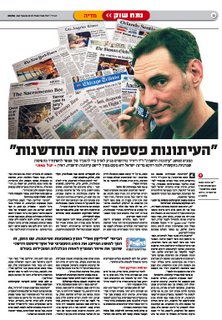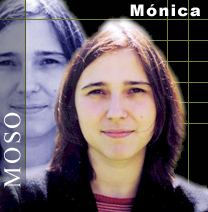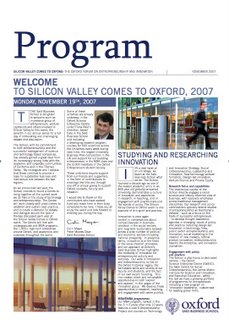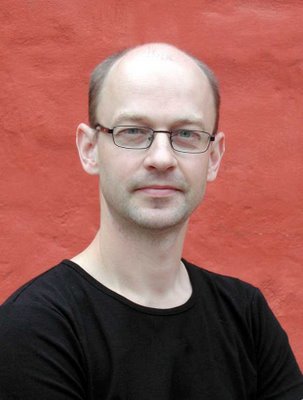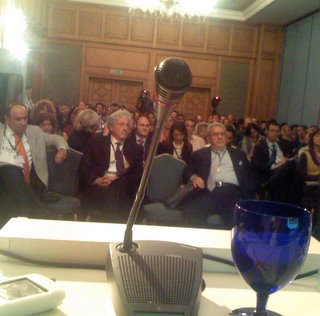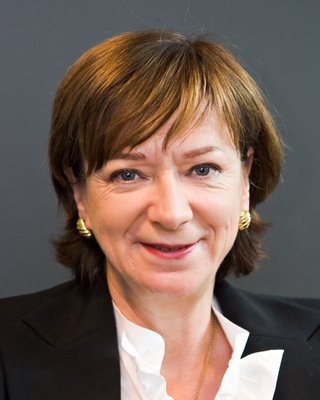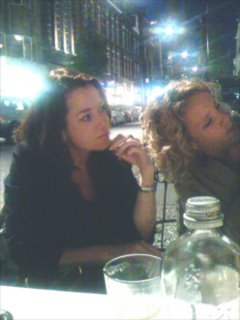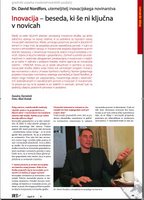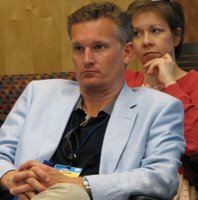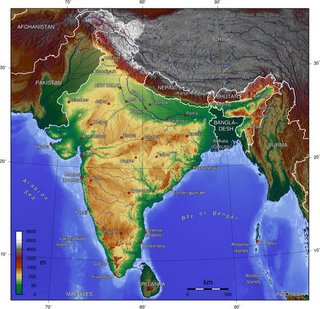(this is a re-post of a blog post I originally published
elsewhere on Mar 17 2007)
It was bound to happen – Viacom is suing Google for a billion dollars for hosting uploaded clips of their stuff on Youtube. The prelude occured only a few weeks ago, when a group of newspapers in Belgium won a court case in Brussels against the search giant, barring Google from re-publishing any snippets of their news on the search engine. Google is now in danger of becoming a main target for the struggling main stream media.

The news industry has been facing tough times for a several years now, and it is steadily getting worse, as Craig’s list and other web companies are taking over ads that have been the backbone of the news industry for over a century. The foundations of the fourth estate are shaking, well respected newspapers are downsizing or being sold off. No more Mr Nice Guy, as the saying goes, Hollywood-style. The victory in the Belgium court raises hopes among traditional media houses that pay-back time may be coming, and their lawyers are most probably sharpening their knives.
This can lead to a very very bad development for us all, I’ll tell you why.
A lot of people want your attention, but it’s limited. The more competition for your attention, the more it’s worth. The news industry are “attention workers”: they catch your attention on a page by putting catchy stories on it, then sell parts of the page to people who are willing to pay for getting your attention diverted to their own stories. That’s ads. It was working well for 150 years. Enter the Internet.
In the beginning, many in the news industry thought it was a good thing to be visible on Google search, because it directed attention to their news stories on the web. Google was a young company, smaller than the news giants. They decided to stay out of content production, perhaps they thought this would keep them away from competing with the news industry. But the news industry does not sell stories, they pay for stories. They sell ads. Google sells ads, too. Google is now earning better than the news industry.
OK, they are not direct competitors to the news industry. Instead they are rapidly becoming the “alien invasion”, and that is not necessarily a more favored status.
Tourist guides like kids to direct customers to them, and they don’t mind if the kids get some pennies from the tourists while doing it. Replace the kids with grownups, give them more contact with the tourists than the guides have, and let them earn more than the guides. Now the guides will be less happy, they might even feel exploited. This is what is happening between Google and the news industry.
The news industry is paying for making stories, but is having a tough time selling ads. Google is not paying for making stories, and is selling ads like crazy. “Foul play”, says the news industry. “The stories are ours. If you sell ads on links to our stories, the ad revenues are ours, too”. Now it has reached the court rooms, and the battle might be long and bitter, like with the music industry and the Internet.
That will be too bad, because there is a fundamental common interest between the news industry and Google that can bring them to the same side of the table: both want to maximize the value of your attention, because this is the source of their income. They are only lacking a way to work together on it, and don’t have a working way to split the costs and revenues.
The larger part of the news industry does not know how to earn big on the Internet. Most of them don’t have the resources, the mindset or the traditions to innovate. For them, news is a commodity, innovation is a threat. Google is all about innovation and Internet, and they are earning more money on it all the time. No big match there at this time.
The old fashioned news industry has lawyers. So does Google. Match! It’s a big risk it’s going to end up in the court rooms. Once the parties dig into the trenches, people on both sides will be restricted from working together on a constructive future. It will be war between the main stream news and the web, like it was with the music industry.
In order to spend human time and resources on building value, not destroying it, the following is required: The news industry needs to become innovative and find other business models than paper. It will both provide them with a future and will save scores of trees from the axe. Google needs to realize that they are the big guys now, and that they will be put to blame by the echelons of society for the demise of the business of journalism, whether it is reasonable or not. High class content is good for their business, why not see what they can do for supporting its existence?
There are two types of deals that Google and the news industry can focus on. The first type is a fictitious zero-sum game, with endless fights in court rooms over how to split the pie, where the deal might even be obsolete by the time it hits the street. The other type is where the parties agree to work together on finding new ways of doing pies, or even doing other things than pies that might taste even better.
Isn’t it obvious what the choice ought to be?


